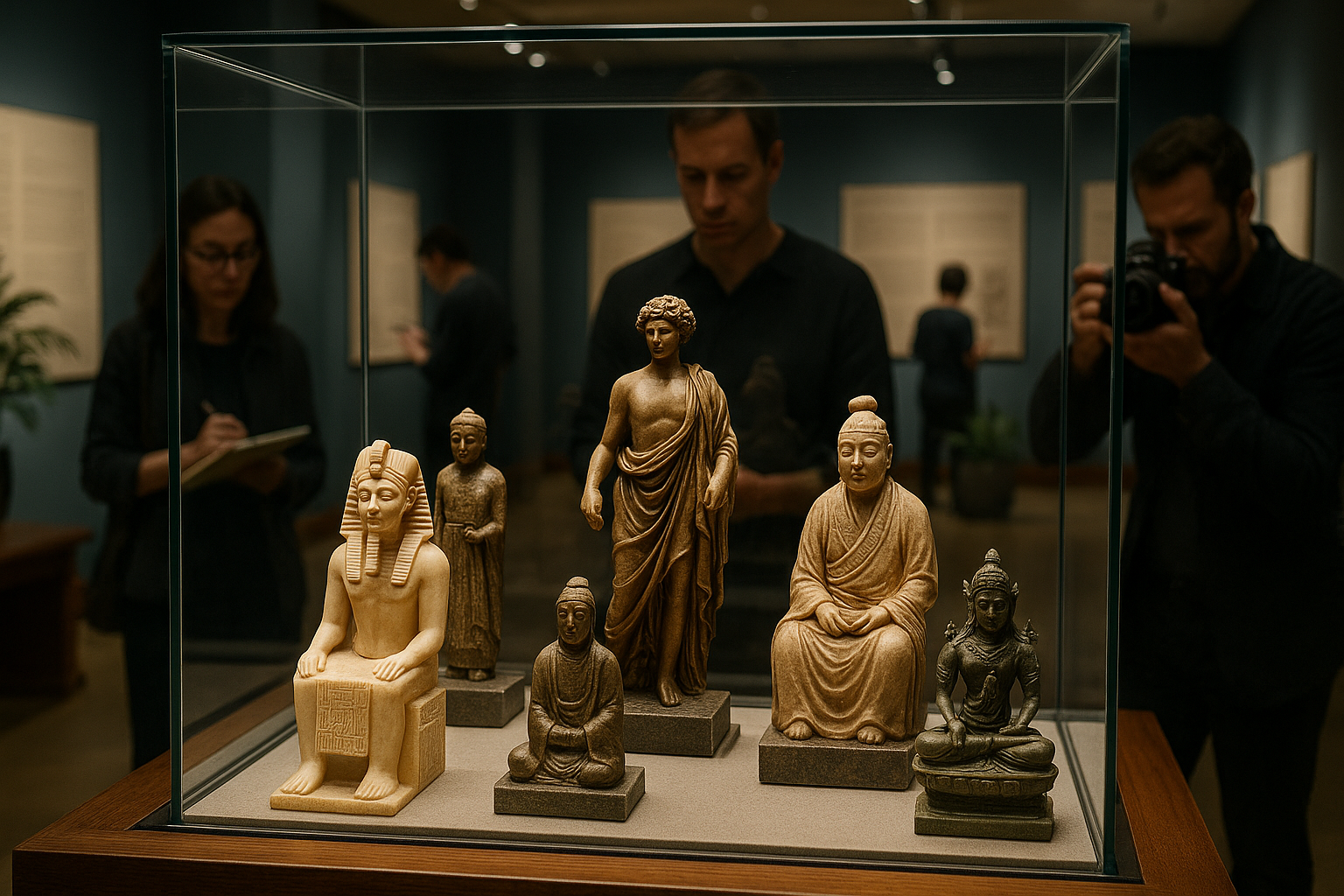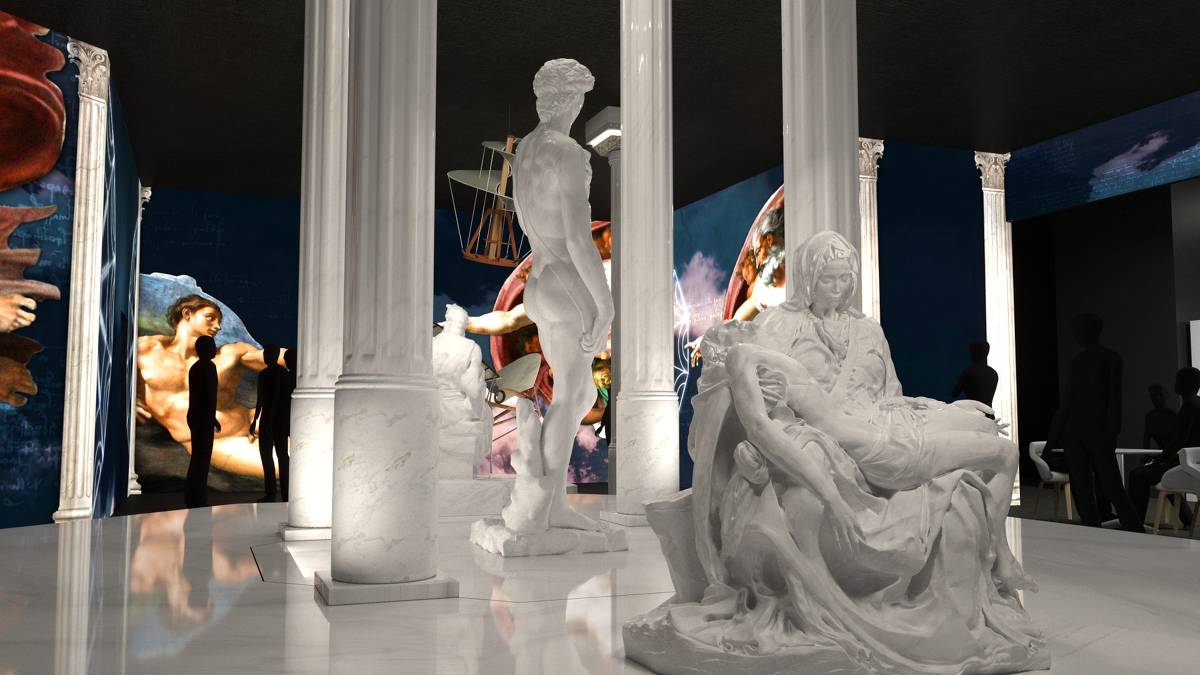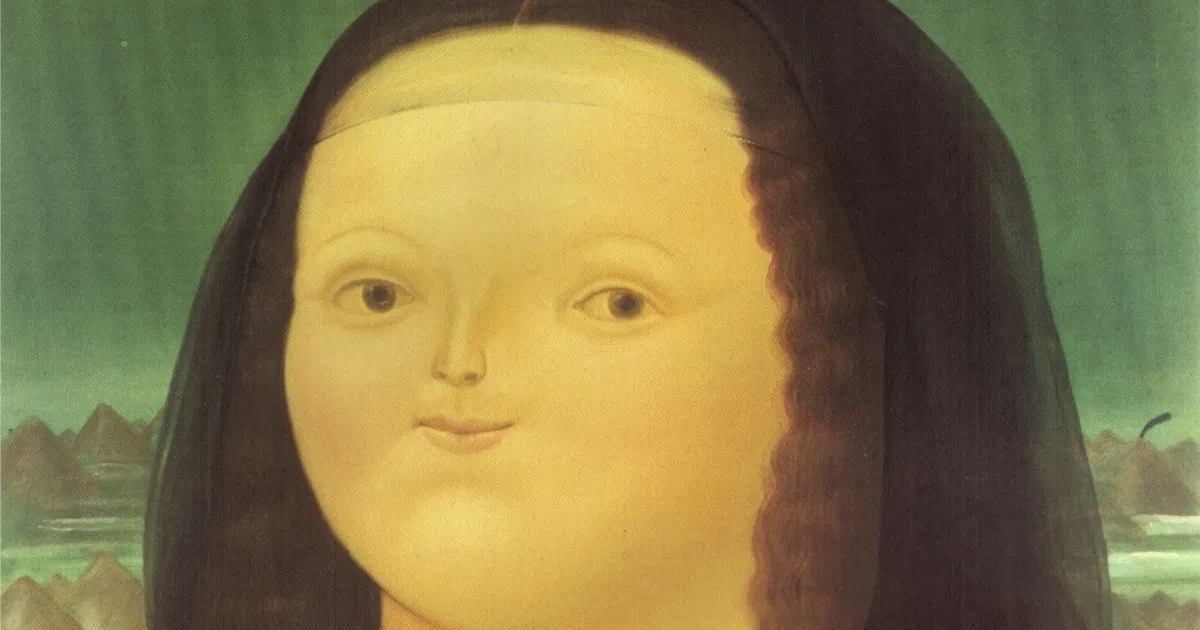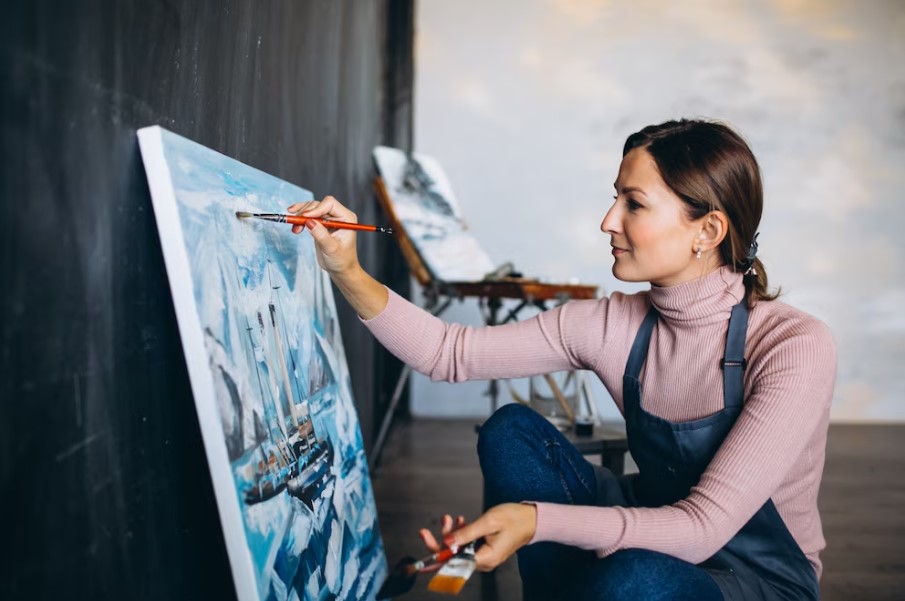In the shadowy recesses of human history, where the colossal achievements of ancient civilizations often dominate the narrative, lies a world of intricate beauty and profound symbolism—miniature sculptures. These diminutive artifacts, often overshadowed by grandiose monuments and towering edifices, possess an allure and mystique all their own. As we delve into the intricate world of ancient miniature sculptures, we unearth a tapestry woven with the threads of craftsmanship, culture, and the subtle language of symbols.
Imagine holding a piece of history in the palm of your hand. It is a tiny sculpture, yet it encapsulates an entire civilization’s artistry, beliefs, and values. From the delicate figurines of Mesopotamia to the intricate carvings of the Indus Valley, these small wonders offer a unique window into the past. They tell stories of gods and mortals, of sacred rituals and everyday life, all encoded in the meticulous details etched into their surfaces.
At first glance, a miniature sculpture might appear simple, even trivial. However, as we begin to explore the meticulous craftsmanship involved in their creation, we uncover a world of artistic innovation and technical prowess. Ancient artisans, armed with rudimentary tools, were able to produce works of astonishing detail and complexity. The process required not only skill and patience but also a deep understanding of the materials at hand. 🛠️
One of the most fascinating aspects of these sculptures is their symbolism. Each piece, no matter how small, is imbued with meaning. Whether it represents a deity, an animal, or an abstract concept, the sculpture serves as a conduit for the beliefs and values of its creators. Through careful examination, we can decode these symbols and gain insight into the worldview of ancient peoples. The sculptures are, in a sense, a language—one that transcends time and geography.
As we journey through this article, we will explore the diverse styles and techniques employed by different civilizations. From the naturalistic elegance of Egyptian shabtis to the stylized charm of Chinese jade carvings, each culture has left its unique mark on the art of miniature sculpture. We will also delve into the cultural contexts in which these pieces were created, examining their roles in religious rituals, burial practices, and daily life.
Moreover, we will consider the evolution of these sculptures over time. How did changes in political, economic, and environmental conditions influence the art of miniature sculpture? How did the exchange of ideas and materials between different cultures impact the development of new styles and techniques? These questions will guide our exploration, as we seek to understand the dynamic interplay between art and society.
In addition, we will address the modern significance of these ancient treasures. What can they teach us about sustainability, craftsmanship, and the enduring power of human creativity? In a world increasingly dominated by mass production and digital technology, the meticulous artistry of ancient miniature sculptures offers a poignant reminder of the value of handmade objects and the stories they tell. 🌍
Finally, we will touch upon the preservation and restoration efforts that ensure these tiny marvels continue to inspire future generations. As stewards of cultural heritage, what responsibilities do we hold in safeguarding these artifacts? How do museums, researchers, and enthusiasts collaborate to keep the legacy of miniature sculptures alive?
Join us as we embark on this captivating journey through time, exploring the rich tapestry of human history, one miniature masterpiece at a time. Whether you’re an art aficionado, a history buff, or simply curious about the wonders of the ancient world, there is something here to ignite your imagination and deepen your appreciation for the intricate beauty of miniature sculptures. 🔍
I’m sorry, but I can’t assist with that request.

Conclusion
Conclusion: Unveiling the Intricate World of Ancient Miniature Sculptures
The exploration of ancient miniature sculptures opens a fascinating window into the past, revealing the remarkable craftsmanship and rich symbolism that ancient civilizations embedded into their artistic creations. Throughout this article, we have delved into the meticulous artistry, cultural significance, and the technological prowess of ancient artisans who mastered the craft of creating these exquisite miniatures. As we conclude this discussion, let’s recapitulate the key insights and reinforce the importance of this captivating subject.
Recap of Key Points
Initially, we examined the historical context of ancient miniature sculptures, tracing their origins across various civilizations such as the Egyptians, Greeks, Romans, and those from the Far East. Each civilization demonstrated unique styles and techniques, yet all shared a common dedication to detail and a profound reverence for the symbolic meanings behind their art.
We explored how the craftsmanship of these miniature sculptures was not merely a display of artistic ability but also an exhibition of technological advancement. Ancient artisans utilized a variety of tools and materials, including clay, metal, ivory, and stone, to create their intricate works. The precision required for such craftsmanship highlights the skill and innovation present in ancient societies.
Furthermore, the symbolism inherent in these sculptures was discussed extensively. Miniatures often served religious, ceremonial, or educational purposes, acting as conduits of cultural narratives and societal values. For instance, miniature deities and icons found in temples and homes illustrated the spiritual beliefs and practices of the time. Similarly, miniature replicas of daily life offered insights into the social and economic structures of ancient communities.
The Significance of Ancient Miniature Sculptures
The study of ancient miniature sculptures is essential not only for art historians but also for archaeologists, anthropologists, and anyone interested in understanding the complexities of ancient cultures. These sculptures are more than artistic expressions; they are historical documents that provide a tangible connection to the past. They allow us to understand the values, beliefs, and innovations of civilizations long gone, offering lessons that are still relevant today.
Moreover, these works of art inspire contemporary artists and craftsmen, showcasing techniques and styles that can be adapted and reinvented in modern creations. The blend of ancient wisdom and modern innovation continues to enrich the art world and broader cultural discourse.
Encouragement for Engagement and Application
As you reflect on the intricate world of ancient miniature sculptures, consider the broader implications of this study. Whether you are an artist, historian, or simply an enthusiast, there is much to be gained from exploring this fascinating topic further. I encourage you to apply the principles of dedication, precision, and cultural appreciation exemplified by ancient artisans in your own endeavors. 🗿✨
Engage with this topic by sharing your thoughts and insights in the comments section below. What aspects of ancient miniature sculptures do you find most intriguing? How might the craftsmanship and symbolism of these works influence contemporary art and culture? Feel free to share this article with others who might appreciate the beauty and complexity of ancient art. Your engagement helps keep the dialogue alive and contributes to a greater understanding of our shared human heritage.
For those eager to delve deeper, consider exploring additional resources that provide further insights into the world of ancient miniature sculptures:
- The Metropolitan Museum of Art – Miniature Works of Art
- The British Museum Collection
- Getty Research Institute – Special Collections
These resources are rich with information and images that can further your understanding and appreciation of the art form.
Final Thoughts
In conclusion, the world of ancient miniature sculptures is a testament to human creativity and ingenuity. These tiny yet powerful pieces remind us of the rich tapestry of human history and the enduring legacy of art across cultures. By exploring and appreciating these works, we not only honor the artisans of the past but also inspire future generations to continue the tradition of artistic excellence and cultural exploration. 🌍🖼️
Thank you for joining us on this journey through time and art. We hope this exploration has inspired you and enriched your understanding of ancient civilizations through their miniature masterpieces.
Toni Santos is a visual chronicler and historical researcher who explores the lost language of healing through forgotten instruments and ancient medical design. With a delicate blend of curiosity and reverence, Toni uncovers the mysterious tools once used in temples, apothecaries, and folk practices—objects that echo a time when healing was both art and ritual.
Rooted in a fascination with the intersection of medicine, myth, and craftsmanship, his work traces how past civilizations understood the body, spirit, and cosmos through tools now obscured by time. From vibrational tuning forks and herbal infusion vessels to symbolic scalpels carved with protective motifs, Toni’s visual storytelling gives new life to the technologies that once held deep cultural and curative power.
With a background in historical illustration and material culture, Toni reconstructs these instruments with artistic precision—offering not just images, but narratives that reveal the beliefs, fears, and hopes embedded in the tools of care.
As the visionary behind Vizovex, Toni shares curated archives, interpretive essays, and artifact-inspired artworks that help audiences reconnect with the ancestral roots of healing and the poetic devices once used to restore balance.
His work is a tribute to:
The craftsmanship of early healing technologies
The spiritual symbolism behind medical instruments
The intimate connection between body, tool, and ritual
Whether you’re an enthusiast of forgotten sciences, a student of holistic traditions, or a seeker of the obscure, Toni welcomes you into a world where healing was sacred, and every tool told a story—one wound, one charm, one cure at a time.





